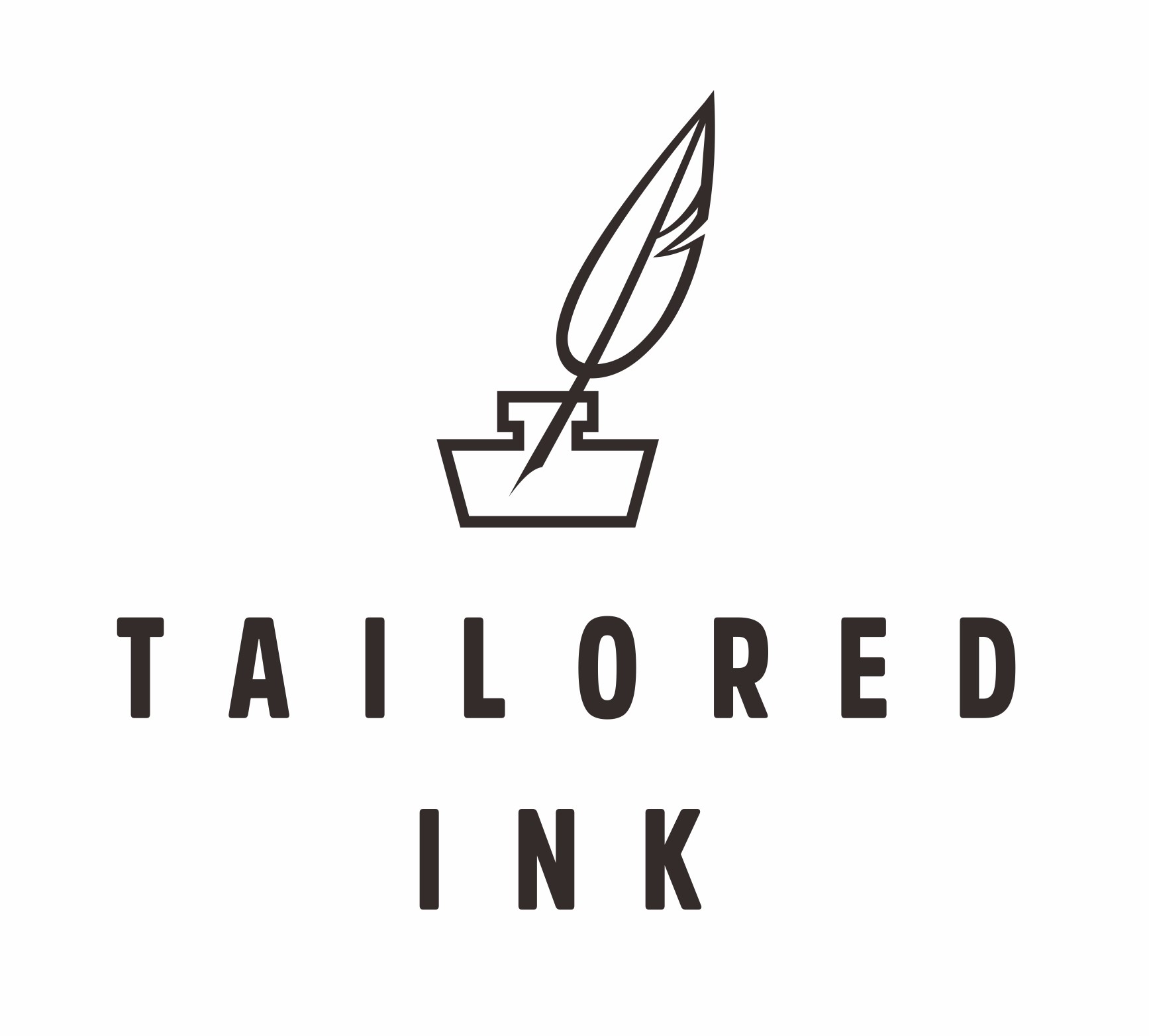Finding your ideal customer is crucial to business success. Once you create that buyer persona, the rest pretty much falls into place. It becomes easier to build a strong brand, target your social media efforts and create other types of targeted content.
An easy way to understand the power of a buyer persona is to compare a small table of people at lunch to a stadium with thousands of spectators. Which group do you think is easier to sell to?
Define Your Brand From Your Customer’s Point of View
The biggest mistake you can make is to build your customer base around how you want your company to be perceived.
Instead, ask yourself, what benefits do your company offer to your ideal customer? How can it solve their pain points? Then ask yourself, who does this really speak to?
That’s why the most effective way to gauge your audience in an unbiased manner is by taking a data-driven approach.
Take the NFL, for example. Historically, football has been considered a male sport. It seems to make sense for the NFL to focus on a male audience. Right?
Wrong. In 2010, the NFL learned that women make up close to 40 percent of all football fans. So they re-targeted by creating more modern, sophisticated apparel (read: not just pink jerseys) and women responded. In 2014, Super Bowl XLVIII was the most-watched television event among women.
Creating a Buyer Persona
Now it’s time to put together everything you’ve come up with so far. A buyer persona is a representation of your ideal customer.
Creating a great buyer persona requires:
- Data
- Insight
- Understanding your customer
- Understanding your company
- A little imagination
It takes some work, but in the long-term personas will allow you to tailor your content, services and brand to meet the specific needs, concerns and behaviors of your potential customers.
Once you have an idea of the group you want to target, it’s time to analyze them. Are they more likely to be male or female? Are they younger or older? Are they from the East Coast or West Coast? Do they download apps? How educated are they? Some of these may seem trivial, but they’ve been proven to affect what a customer expects out of his experience.
From there, create a succinct elevator pitch that addresses all of those, and explains how your company can help.
Keep persona in age when building content. This will help you decide whether to spend more time on Instagram or Facebook, whether your emails should be more informational or witty, and whether you need more videos or testimonials on your webpage.
According to Hubspot research, using personas made websites between two and five times more effective to use.
Speak Directly to the Customer
You’ve done the research and compiled a perfect buyer persona, you have an elevator pitch that could sell ice to an Eskimo. Now what?
It’s time to put that work to good use by creating targeted content. By tailoring your content to your specific audience, you are able to concentrate your efforts and optimize your resources.
Skytap, a self-service cloud automation company, launched a tailored content marketing strategy and saw a 210 percent increase in North American traffic and that targeted personas brought in 124 percent more sales leads.
In a marketing world that revolves around social media, email marketing, and user experience, customers expect more than a generalized sales pitch.
Seamless is a great example of the powerful ads that you can create when you know your audience. In 2015 they launched a New York City subway campaign that uses witty one-liners and NYC generalizations to create effective, memorable ads.
They know their audience is the busy millennial, and they speak to that with adages such as “Cooking is so Jersey” and “Avoid Cooking like you Avoid Times Square.”
Who’s your Audience?
Finding the right audience isn’t necessarily easy, but it pays off in the long run. Luckily, experts and business owners have developed a bit of a process to help you along:
- Define your company from the outside-looking-in.
- Collect as much data and research as you can find about your audience.
- Compile the information into a buyer persona that examines demographics, behavioral patterns and translates them into an elevator pitch.
Only then are you ready to sell.

 and
and  ?
?